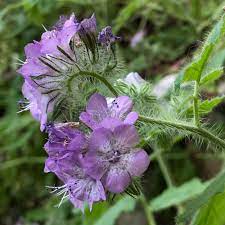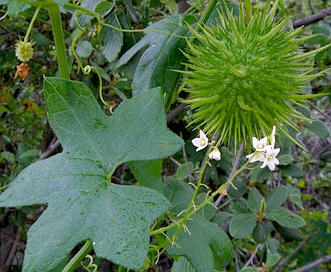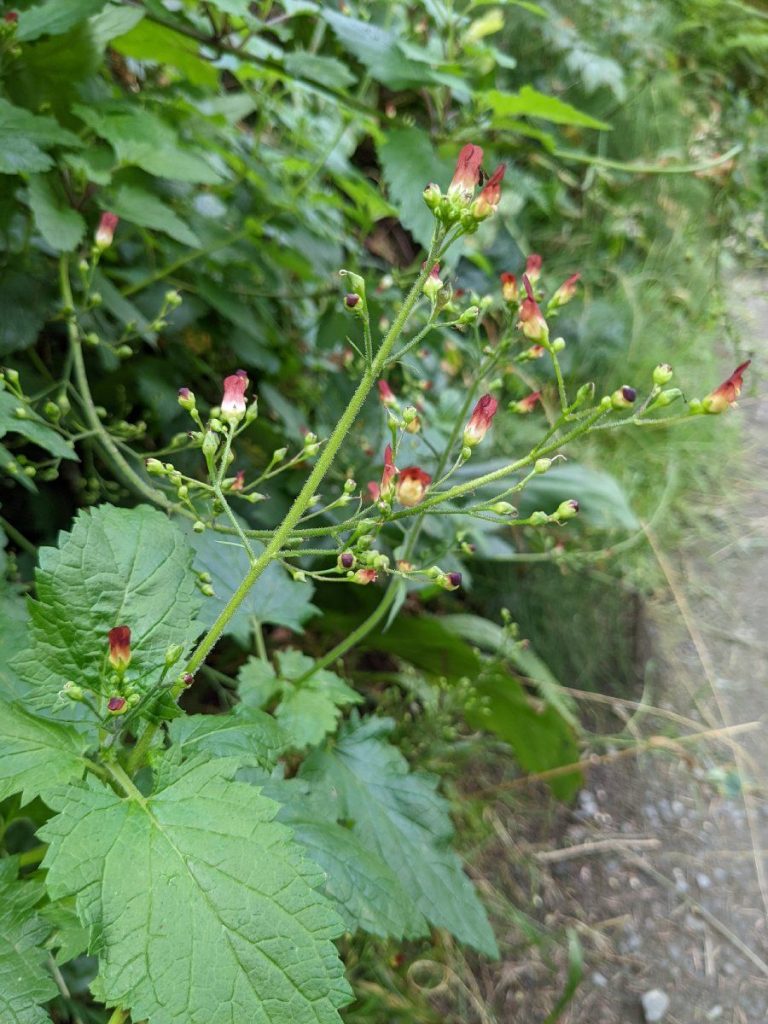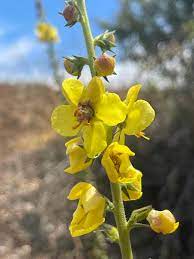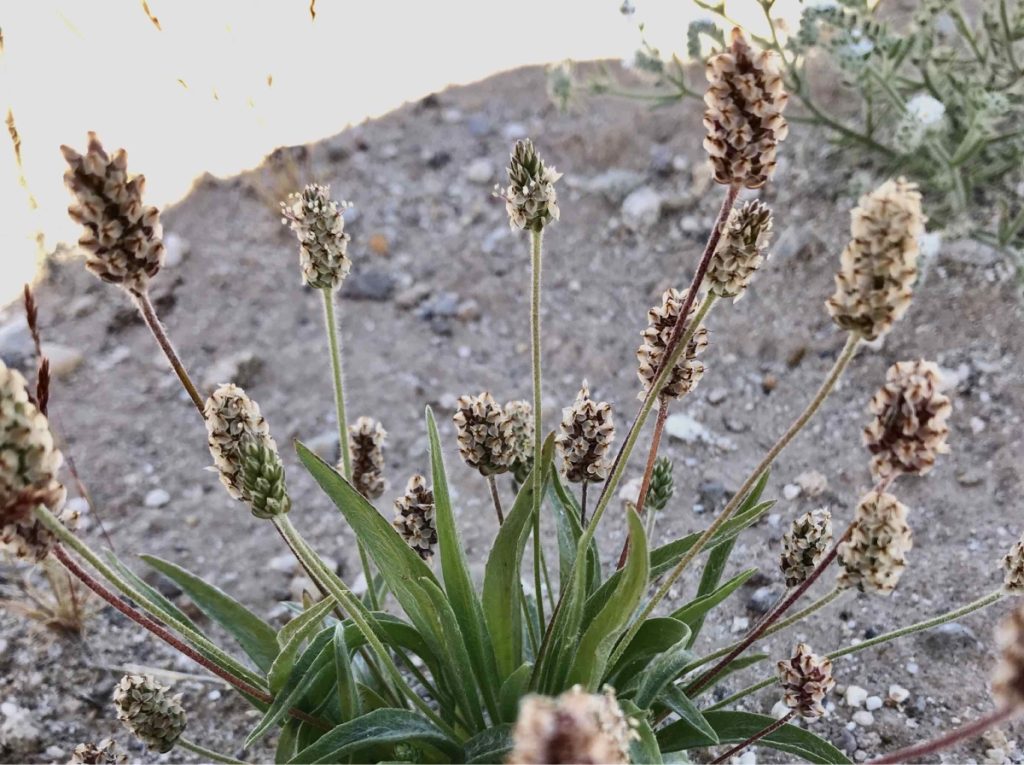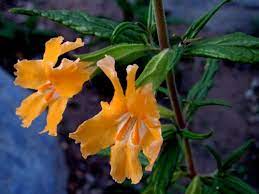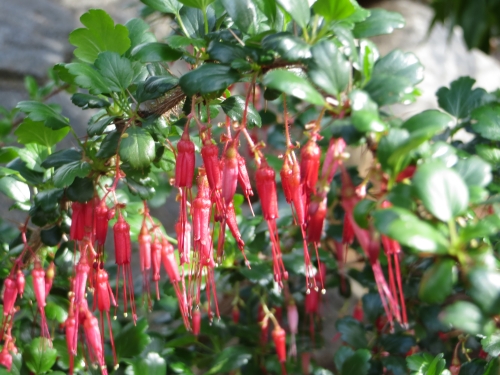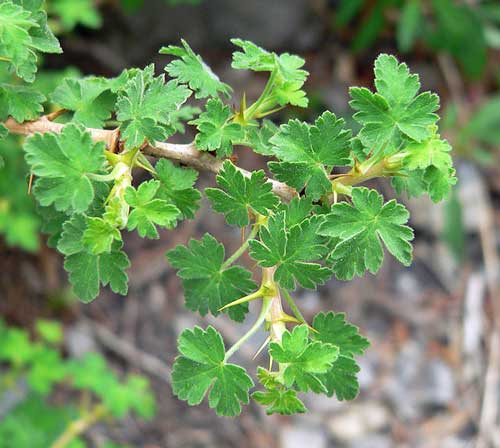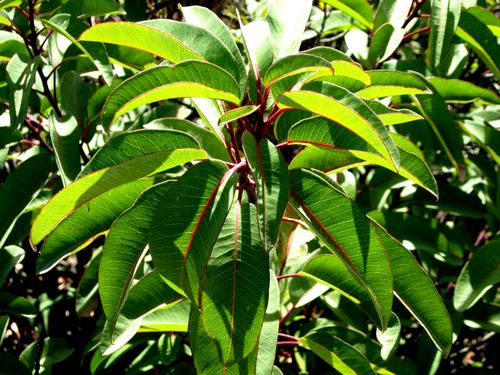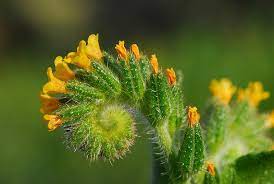
Characteristics of the Boraginaceae, the borage or forget-me-not family:
- Herbaceous or shrubby habit: wide range of growth forms, from low-growing ground covers to tall shrubs.
- Alternate leaves: Leaves are typically alternate (though sometimes opposite or whorled), simple, and often hairy. The hairs can be quite noticeable and are often stiff or bristly.
- Inflorescence: Usually a scorpioid cyme. Sometimes racemes, or helicoid cymes. The inflorescences can be compact or elongated, depending on the species.
- Flower characteristics: Typically bisexual and have five sepals and five fused petals, forming a distinctive tubular or funnel-shaped corolla. The flowers often have a prominent throat and may be blue, pink, purple, white, or yellow.
- Fruit: The fruit is usually a schizocarp, which splits into four nutlets or mericarps when mature. These nutlets often have spines or prickles.
- Chemical composition: Many species contain pyrrolizidine alkaloids, which can be toxic to humans and animals if ingested.
- Ecological diversity: Found in various habitats worldwide, including temperate, subtropical, and tropical regions.
- Medicinal importance: Borage (Borago officinalis) is cultivated for its edible leaves and flowers, and some species are used as dyes and in traditional medicine.
Jepson video
Jepson key to family
